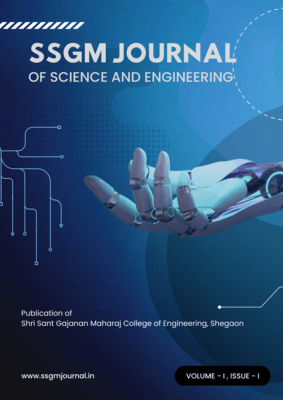Assistive Navigational Stick
Keywords:
smart stickAbstract
There is a sizable population of blind people in our culture. Their inability to see has made it difficult for them to carry their daily duties. Notably, visually impaired people communicate with a hand that is always there for them when they need assistance. There is never a guarantee that the visually impaired persons will be safe and reach their goals when they use this stick, even on occasion. Even though the person using the stick isn't experiencing it, there may be an obstacle in their path. Thus, the people may be injured if the obstacle is big enough or dangerous. Thus, we propose the development of a smart stick equipped with various sensors and microcontrollers to aid visually impaired individuals in safe navigation. The system utilizes ultrasonic sensors to detect obstacles, a water sensor to alert the user of puddles or wet surfaces, and a vibrating motor and buzzer for haptic and auditory feedback, respectively. The integration of these components aims to enhance the independence and safety of visually impaired individuals during mobility. The ultrasonic sensor with the Arduino Mega fixed to the stick attempts to identify any obstacles in the route as the user moves the stick ahead. The recipient's output activates if the sensor detects an obstruction, and the microcontroller will notice this change. This research focuses on a study that enhances the walking confidence of individuals with visual impairments. According to the study, blind persons might walk more safely if they had a blind stick that warned them of impending risks. The purpose of this project is to work on the creation of a stick known as the "smart stick," which has the ability to interact with users through
vibration[1][2].


